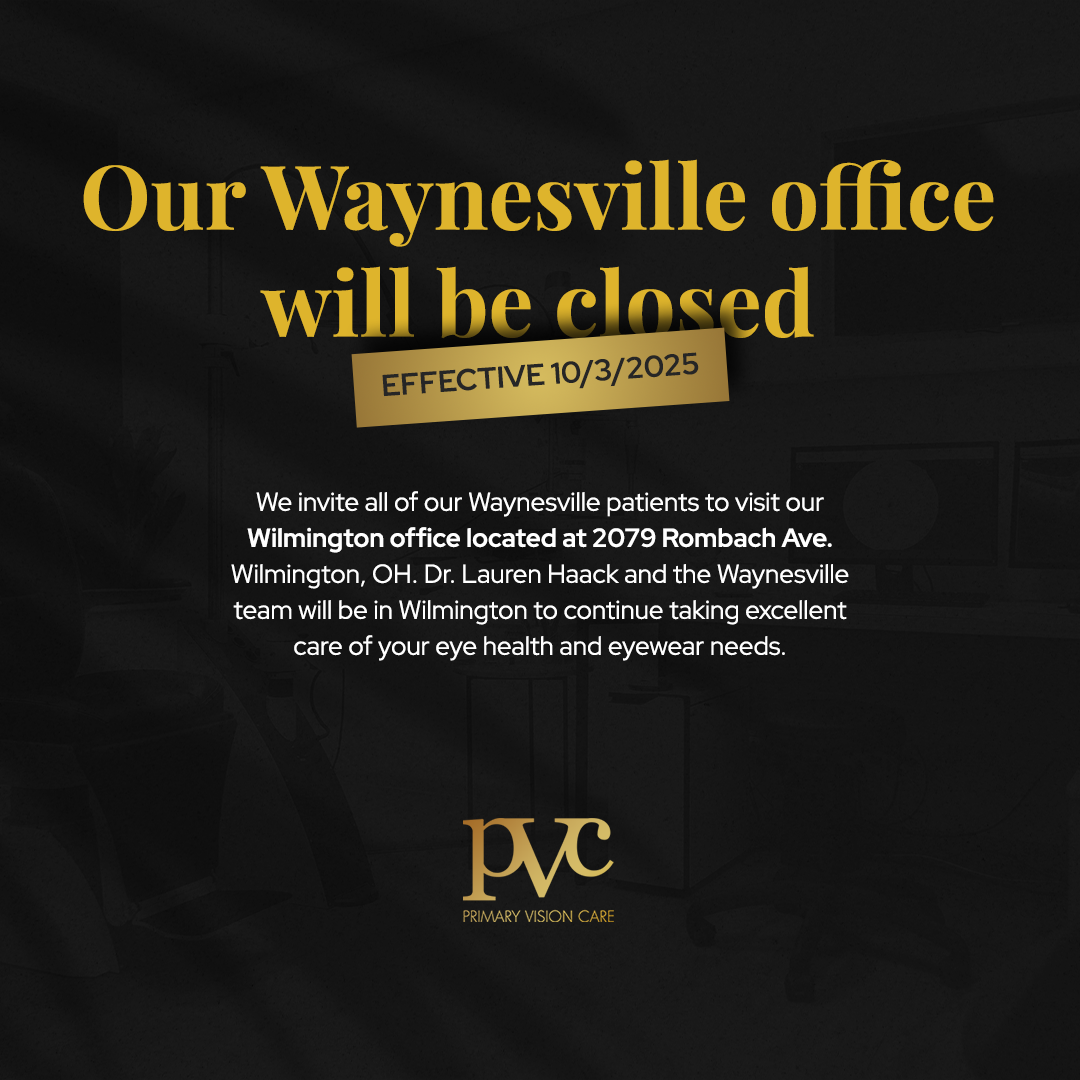
Amblyopia is a vision development disorder that begins during infancy or early childhood, often resulting in decreased vision in one eye. This isn't a problem with the eye itself, but rather with the brain's inability to process visual information from that eye, leading to the eye 'wandering' or seeming 'lazy.'
Despite the common misconception, amblyopia is not a condition where the eye is physically lazy; instead, the brain is 'lazy' in processing information from the affected eye. As a result, the brain favors the other, stronger eye, leading to a disparity in vision.
What Causes a Lazy Eye?
While the exact cause of amblyopia can vary, it primarily results from a disruption in the normal eye-brain connection during visual development. Common causes include strabismus (misaligned eyes), significant refractive errors (near-sightedness, far-sightedness, or astigmatism), or a physical obstruction in the eye, such as a cataract.
Strabismus, or crossed eyes, is the most common cause of amblyopia. In this case, to avoid double vision, the brain ignores the visual input from the misaligned eye, leading to amblyopia. Furthermore, when one eye has a higher refractive error than the other, the brain may prefer the eye with better focus, causing amblyopia in the other.
Different Types of Amblyopia
There are different types of amblyopia, each with its unique characteristics and causes. Strabismic amblyopia, as previously mentioned, results from eye misalignment. When the eyes are not aligned, the straighter eye takes over for vision while the crossed eye is ignored by the brain, leading to amblyopia.
Refractive amblyopia occurs when there is a significant difference in the refractive errors between the two eyes. In this case, the brain prefers the eye that provides the clearer image, leading to amblyopia in the other eye.
Lastly, deprivation amblyopia is the most severe type and occurs when an obstruction like a cataract prevents light from entering the eye during crucial periods of visual development.
The Role of Eye Specialists in Treating Amblyopia
An eye care professional plays a crucial role in treating amblyopia. Diagnosis usually involves a comprehensive eye examination that includes vision tests, examination of the eyes' alignment, and a detailed review of the patient's medical and family history.
Treatment for Lazy Eye in Children
When it comes to the treatment for lazy eye in children, early intervention is key. The first step typically involves correcting any underlying issues, such as prescribing glasses or contact lenses for refractive errors, or surgery for cataracts or strabismus.
In many cases, occlusion therapy or patching the stronger eye is used to promote the use of the weaker eye. This method forces the brain to acknowledge the visual input from the weaker eye, thereby improving its visual acuity.
Vision therapy, a type of physical therapy for the eyes and brain, is another effective treatment method. It involves a series of exercises designed to improve eye coordination and visual cognitive deficiencies.
Treatment for Lazy Eye in Adults
Treatment for lazy eye is not exclusive to children. Though the treatment may be more challenging in adults due to the maturity of the visual system, significant improvements can still be achieved.
Much like in children, the treatment for lazy eye in adults often involves corrective eyewear to address any refractive errors. In some cases, patients may benefit from vision therapy, especially if the amblyopia is of the strabismic type.
Recent research has also explored the potential of using virtual reality and computer-based exercises to stimulate the amblyopic eye, showing promising results. However, the effectiveness of these newer methods still needs further investigation.
Improve Your Vision Today
Living with amblyopia can present its challenges, but with the right support and treatment, most individuals can lead a normal life. Regular eye exams are crucial to early detection and timely treatment of this condition.
Amblyopia treatments have come a long way, and the prognosis for individuals with this condition is better now than ever before. With patience, persistence, and the right care, it is possible to improve vision and quality of life.
For more about the causes and treatment options for amblyopia, contact Primary Vision Care in Ohio. To schedule an appointment, call (740) 299-1155 for our Newark clinic, (740) 654-9909 for our Lancaster clinic, (740) 393-6010 for our Mount Vernon clinic, (937) 382-4933 for our Wilmington clinic, and (513) 897-2211 for our Waynesville clinic.








